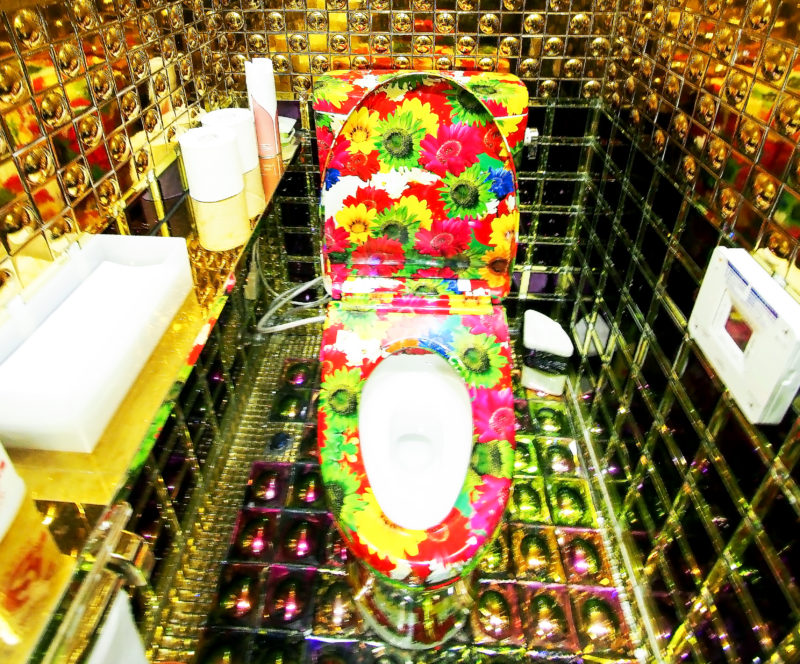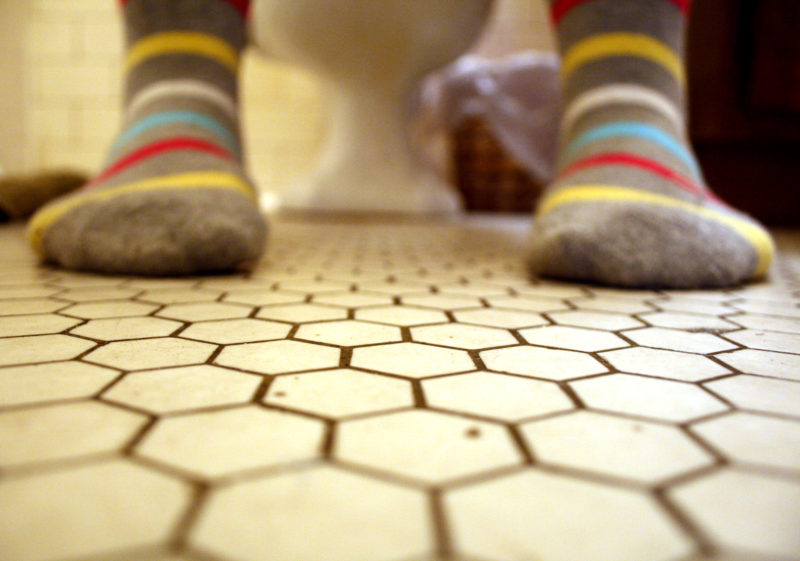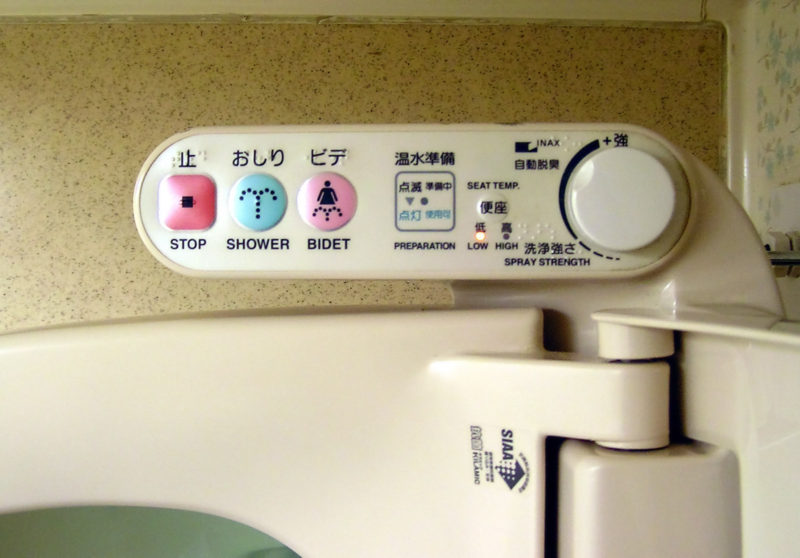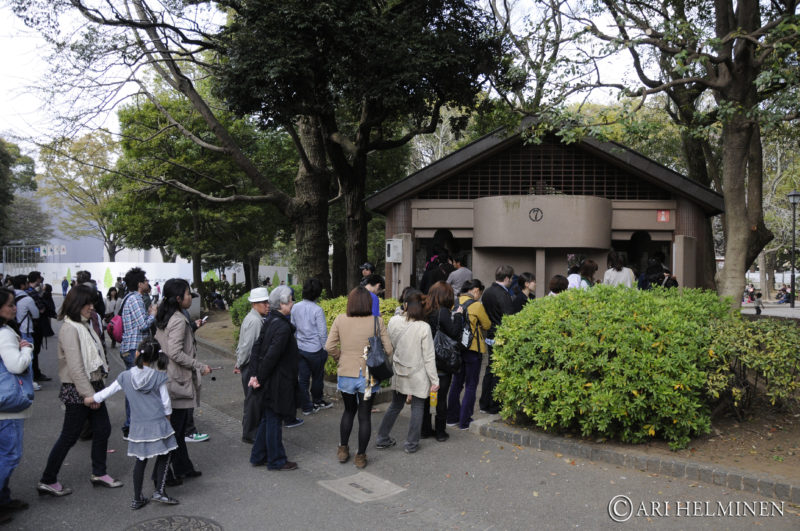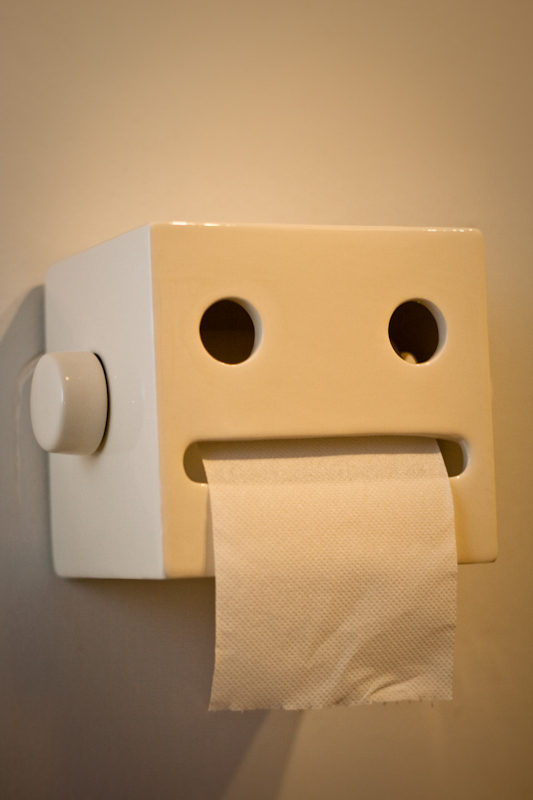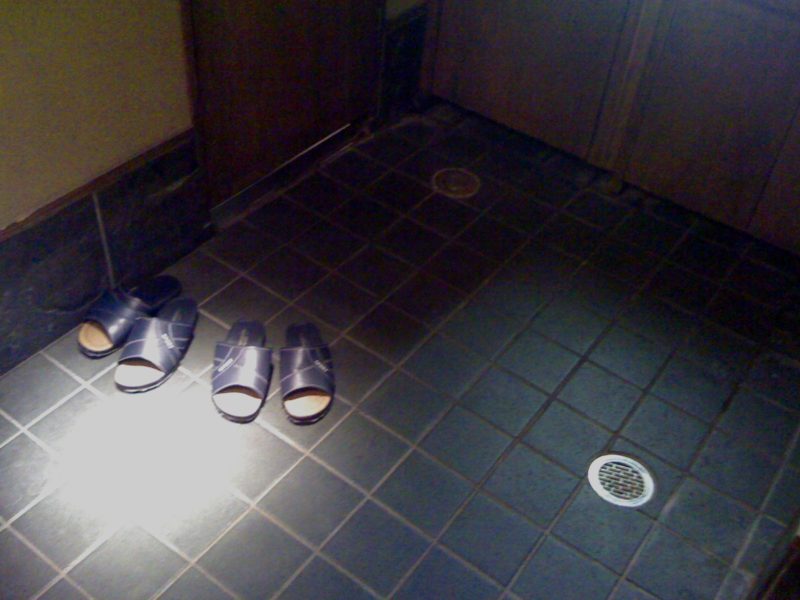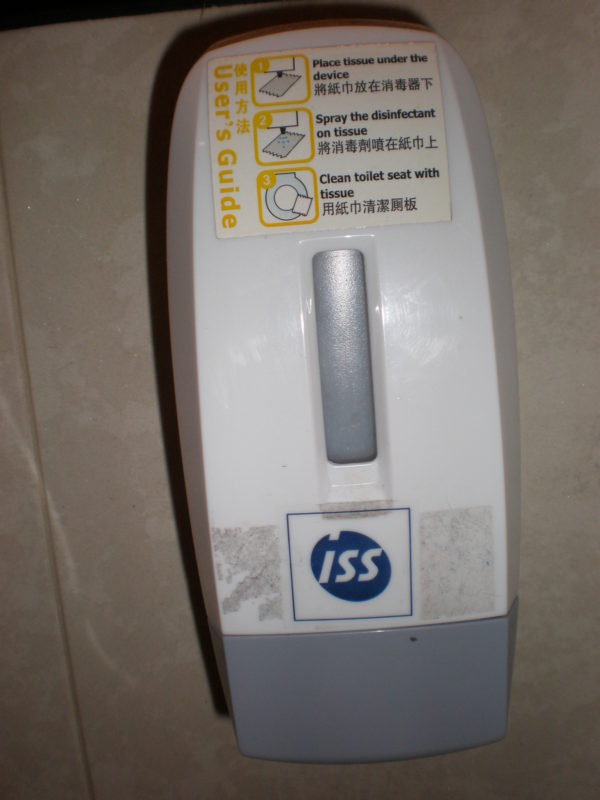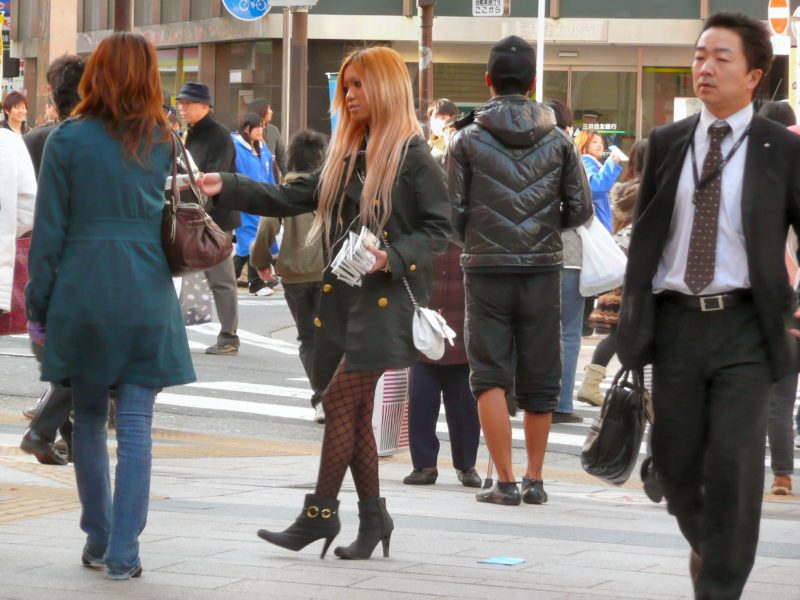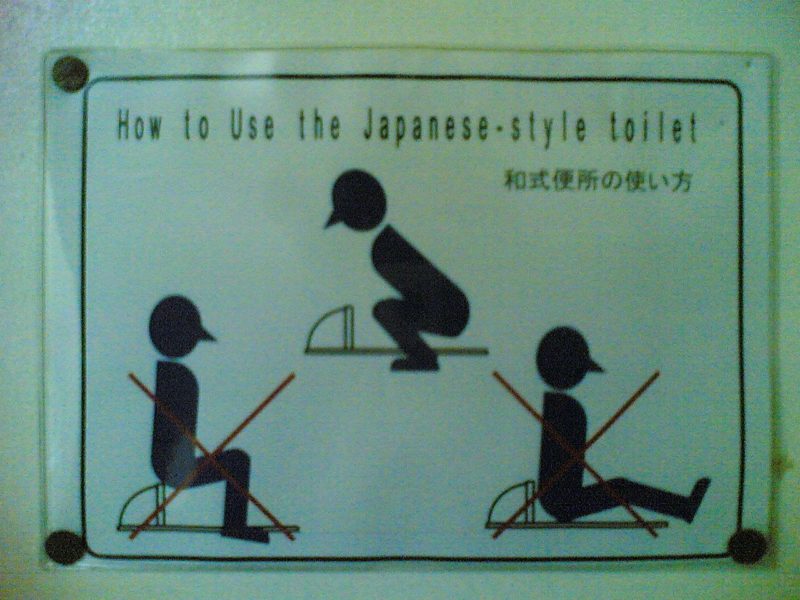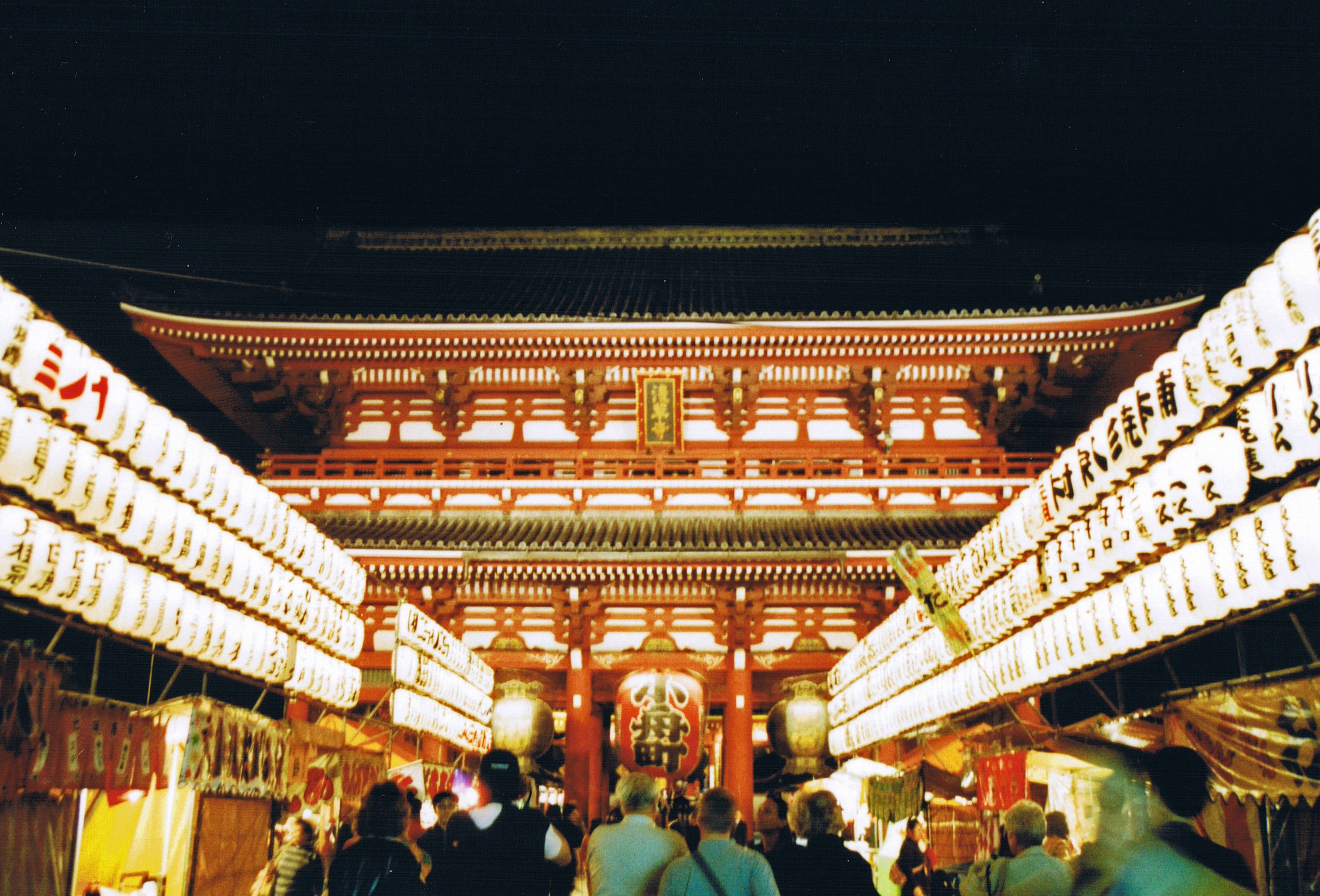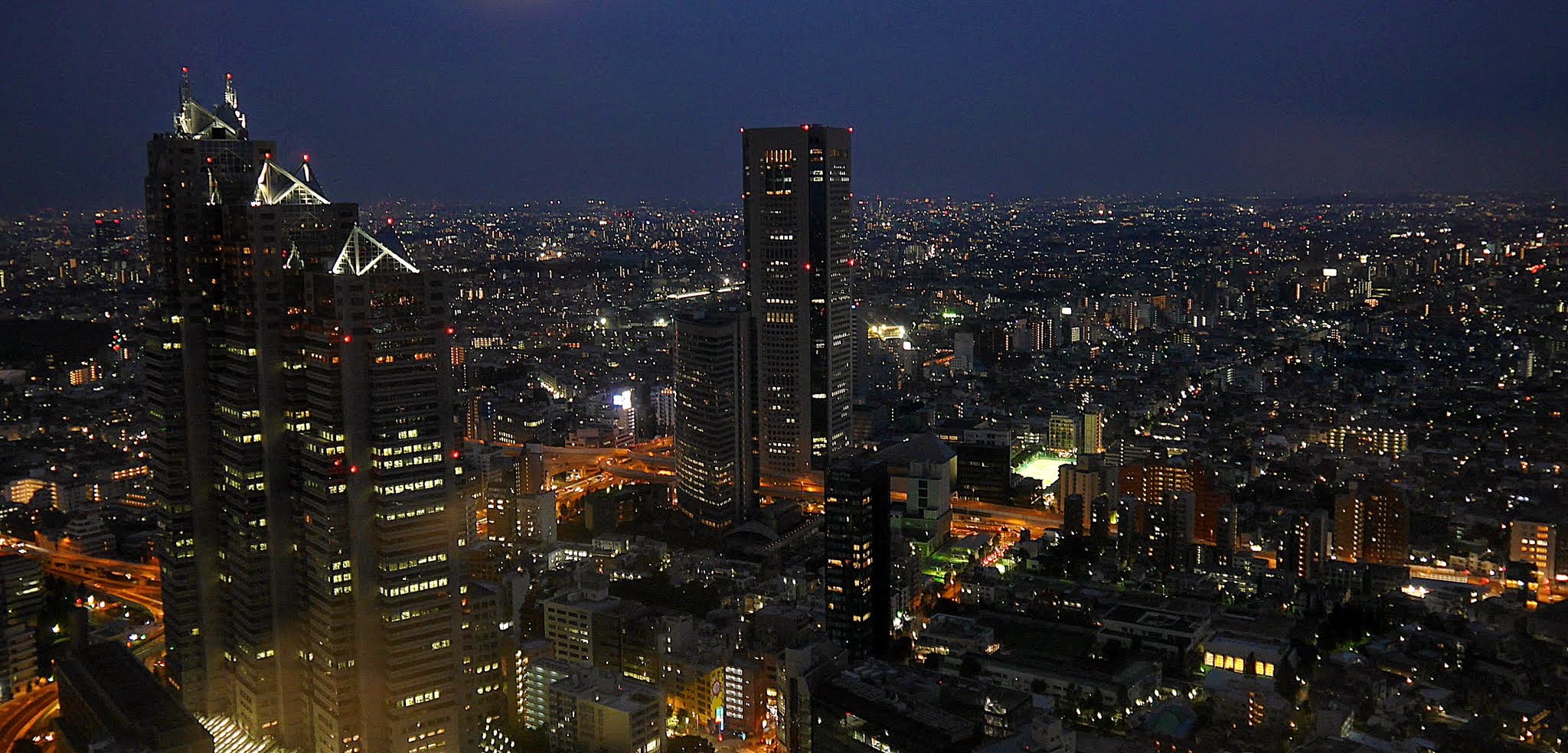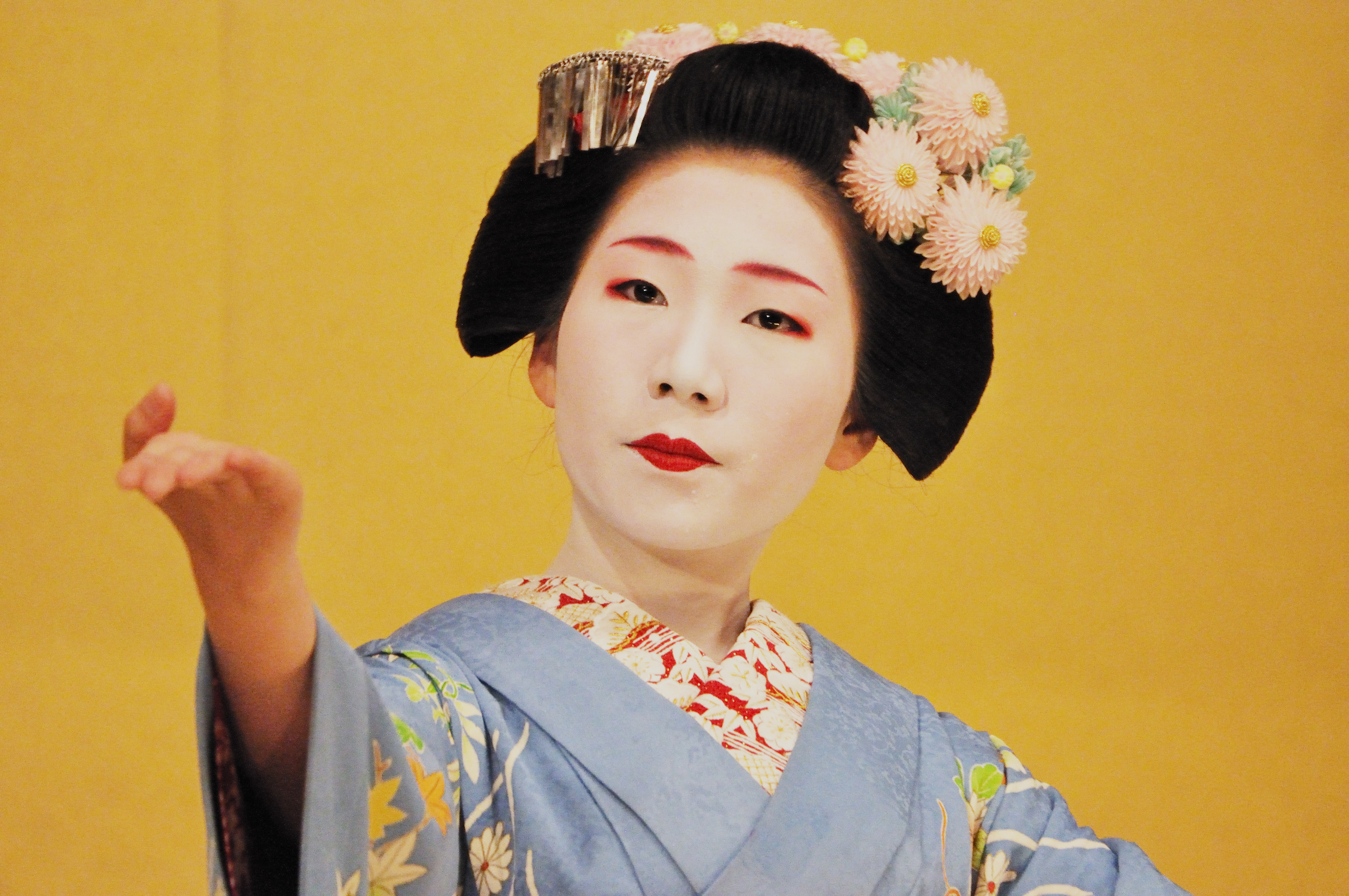Alright ladies and gents, you may want to sit down for this one because it’s time for us to talk about toilets in Japan. If you’re here, it probably means you’ve come across one of these electronic thrones of the future and you’re wondering what the heck to make of them. Maybe you’re from the US or another country yet to be graced with the introduction of this delightful contraption of comfort. But don’t fret because we’ve got your back covered with the top 10 things you need to know about Japanese toilets.
1. The seats are heated
The view toward maximum toilet comfort starts off with a warm welcome for your buttocks as they make their landing onto one of these souped up seats. You might find it surprising to experience at first, but it won’t take long to fall in love with this feature, especially in the wintertime. And once you get used to it, you’ll find it hard to adjust back to sitting on stone-cold porcelain again.
2. So many wash functions
Either next to your seat or on the adjacent wall, you’ll find a control panel with a myriad of wash functions. And it’s understandably daunting to think about getting your nether-regions sprayed with a jet of water from your toilet of all things. But as the saying goes, when in Rome, right? So swallow that hesitation and find the courage to try this out at least once. And just to help you take that first step, here’s a basic breakdown of how to read the control panel.
Translating the buttons
Thankfully, many control panels have pictures or even English translations. In case they don’t, here are some of the words you need to know:
- Oshiri / おしり: A wash for your behind. Meant to be used after dropping the number 2 for both men and women.
- Bidet / ビデ: A wash for the front. Meant for women though men are free to try it out if they want to.
- Stop / 止 (hiragana とまる): Stop.
- Yawakara / やわから: A gentler wash for your behind.
- Water pressure / 水勢 (hiragana すいせい): Controls to adjust water pressure.
- Weak pressure / 弱 (hiragana よわい)
- Strong pressure / 強 (hiragana つよい)
- Flushing sound / 音量 (hiragana おんりょう): Start a flushing sound
- Stop flushing sound / 音停止 (hiragana おとていし)
- Air dry 乾燥 (hiragana かんそう): a blast of air to dry off after using the wash functions.
Rules to remember
- Don’t start any of the wash functions until after you sit down. The water jet is extremely strong and will cause a huge mess if you’re not actually sitting on the toilet.
- Press each button once and only once. For instance, press the wash button once to start washing, then the stop button once to discontinue.
3. Adjustable water pressure gives you full control
If you’re ready to grab the steering wheel of your wash experience, here are some functions you can try out. While the regular back wash is called oshiri (おしり), some toilets have a gentler wash option called yawaraka (やわらか). In pictures, the spray looks wider than the regular version. Or you can adjust the water pressure on a sliding scale by looking for the water pressure control (水勢) and pressing the plus or minus buttons.
4. Flush sounds maintain modesty
Let’s face it, no one likes doing their business within ear shot of other people in a public space. But we’ll all have to face the inevitable sooner or later. Luckily, Japanese toilets come with a flush sound function to help mask the rumblings of our own organs and alleviate some of our performance anxiety. Usually labeled with musical notes, there is one button to start sound (音量) and a second to stop it (音停止). The feature was invented when manufacturers realized people were wastefully flushing repeatedly while on the toilet in order to mask their business.
5. Toilet paper is optional
After using the wash functions, some toilet models also provide an air dryer so you never need to reach for the teepee. Look for an air icon with the Japanese word kansou 乾燥 (かんそう). You can completely finish your business without once having to get up.
6. The flush lever is where you’d expect it to be
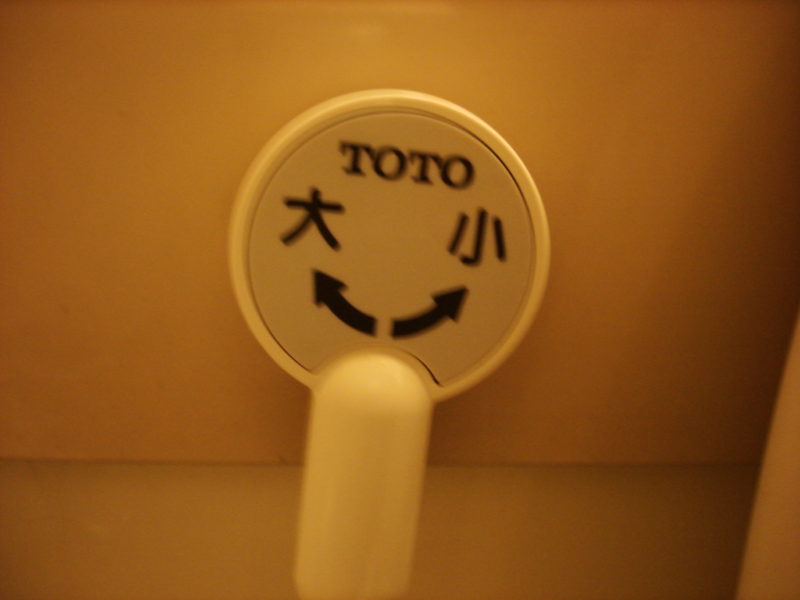
Source: Travis Rigel Lukas Hornung
With so many bells and whistles everywhere, you might assume the flush lever must also be buried in some hidden corner of the foreign language control panel. Don’t worry, the flush lever is usually located in exactly the same place as a Western toilet on the upper corner of the water tank.
But one notable difference with the Japanese version is you can pull the lever two ways. Pull the lever toward 大 to get a big flush. And pull it toward 小 to get a small flush. It’s your discretion how much water you think you’ll need.
7. Use the bathroom slippers
Historically, Japanese toilets were located outside the house so toilet-specific slippers were invented to keep your feet and the floor clean. Take off your regular slippers at the door and put on a pair of slippers provided in the bathroom as you make your way to the john. Remember to change slippers again when you’re done. Definitely do not wear these slippers inside the rest of the house.
8. Sanitizing the seat rim
Paper toilet seat covers are nowhere to be found in this country. Instead, sanitize your seat by taking a few squares of toilet paper and wetting them with sanitizer provided from a dispenser on the wall. Then wipe the rim on your own and toss the tissue into the bowl.
9. Bring your own teepee for public restrooms
Not all public toilets come equipped to the nines with electronic doohickeys. Especially in parks and other outdoor areas, you will often find them in the familiar plain porcelain form from back home. Also, toilet paper is not guaranteed. Avoid the embarrassment of being unprepared by carrying around your own tissue pack at all times. If you’re in a metropolitan area like Tokyo, Kyoto, or Osaka, it’ll be easy enough to accumulate a small cache of these packs which are regularly passed out for free from people on the street.
10. Squat toilets are the ultimate cultural experience
At this point, you might be feeling like you got the Japanese toilet system down to a pat. Ready to up your game to the next level? On first glance, the Asian squat toilet might immediately illicit a “no, no, no!” instinct. But it’s actually much easier to use than it seems.
The first thing to remember is that every squat toilet has a front and a back. You can recognize its front-side by the small lift or cap on one end. Facing the front, straddle your feet on either side of the toilet, remove obstructing articles of clothing, and squat down. Some people will find it easy to balance themselves in this position while others may need to hold onto the wall or a sidebar. It’s really simple once you get used to it and just think about the satisfaction you’ll get afterward of being able to say you got the fully immersive Japanese experience.
Whatever your comfort level, Japanese restrooms are designed to accommodate everyone. Where else in the world will you find toilets equipped with every possible function under the sun to keep your bottom clean and happy? So the next time you’re in Japan, definitely considers giving one of these well-engineered gadgets a whirl.
Have a good trip and travel!

